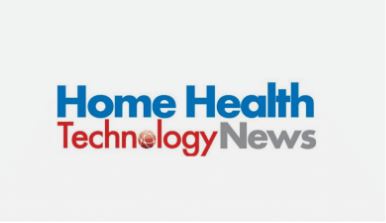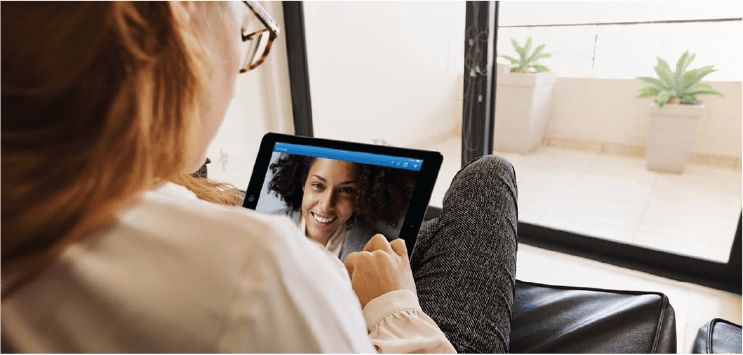Pandemic or not, telehealth will continue to gain popularity in 2021 and beyond because it delivers care more quickly and with less complexity, improves physician productivity, helps alleviate staffing shortages, and brings specialists to patients who might not otherwise have access to them.
Even after the pandemic subsides, telehealth will remain a standard element in care delivery as patients and providers have come to experience how telehealth supports positive patient outcomes through timely response to acute care issues, and by being able to deliver specialty care on a 24×7 basis.
Hospital staffing shortages are another driver in the increased use of telehealth services. Many hospitals also have a shortage of staff specialists. Doctors in rural areas may be unable to physically get on-site in the required response time. For stroke victims (who need a response within five minutes) and other critical cases, telemedicine can enable providers to deliver a life-saving response with an average login of 2.5 minutes.
Related: 2021 Predictions: Telehealth Becomes a Standard of Care
Having access to a neurologist 24/7/365 enables hospitals and clinics to be able to evaluate patients quickly by a specialist. Should the assessment require surgery or care that is not available in that particular location, staff can work much sooner to find the closest nearby facility. The teleneurologist may even be able to assist in locating the required specialist, bringing them up to speed quickly while the patient is being transported.
Moving to Patient-Centric Care
The traditional model for medical care is provider-centric—patients come to the provider’s location at a time dictated by the provider. It can take weeks to make an in-person visit as most providers have full schedules, and in underserved areas the patient may have to travel for hours to the provider’s location. Telehealth changes the model to patient-centric care—the patient has a telehealth consult from the comfort of home or hospital bed and the provider responds quickly.
VeeOne Health has a growing network of more than 1200 physician specialists delivering patient-centric care via our telehealth platform. Patients can simply click a link to be connected.
Improving Clinical Care
While telehealth is being used to provide more timely care within hospitals, significant growth will be in outpatient, or off-site care. Due to COVID, clinics have closed, hospital staffs are overwhelmed, and patients are finding it more difficult to get non-urgent care. Risk of COVID exposure is the underlying fear for all.
During COVID, some clinics reported visits down 50 percent, and of those, roughly 60 percent of patients are getting care through telemedicine. Once COVID subsides, many patients will not return to clinics because telehealth visits are much more convenient.
Telehealth advancements have made it possible for someone in their home to use their smart phone or computer and connect, via one click on a secure screen, to a telephysician. New advancements have also made it possible to integrate medical records and other patient-related data into one application, so the physician has all the relevant knowledge when he or she connects with a patient. This helps improve diagnostics, saves time, and eliminates the burdensome practice of having to use multiple applications.
Related: Remote ICU Telemedicine: Filling Staffing Gaps to Expand Capacity
Telehealth Moves Ahead
In a point-and-click world, access to health care should be just as easy, and patients are rapidly catching on to the convenience of telehealth. Further consumer adoption of telehealth will occur as a result of initiatives like Qualcomm’s Smart Cities ecosystem, which is bringing together a variety of vertical industries that are deploying smart applications. VeeOne Health is proud to be a founding member of the Qualcomm ecosystem’s healthcare-as-a-service category, providing remote patient monitoring and telemedicine capabilities.





